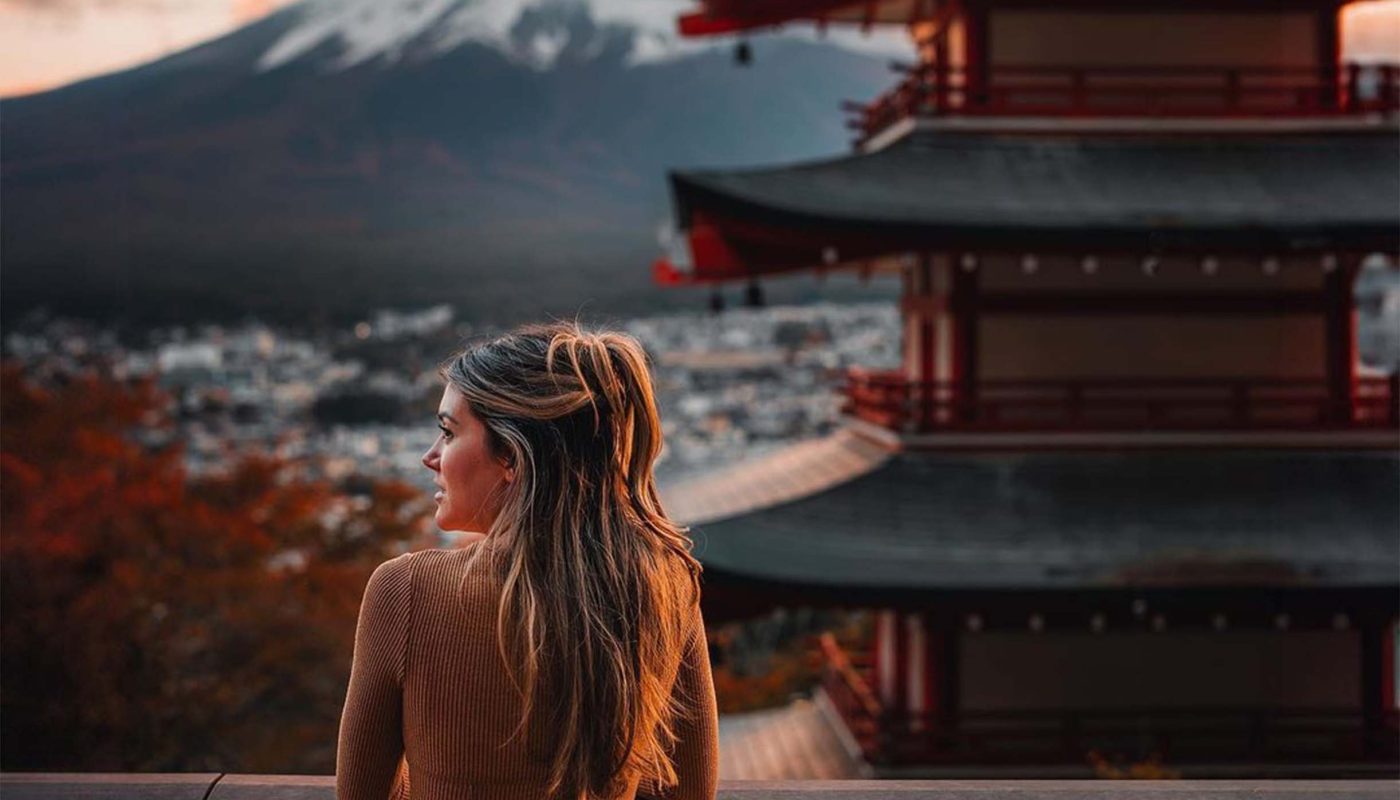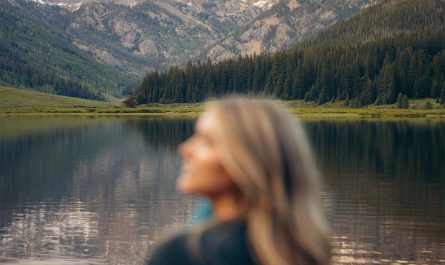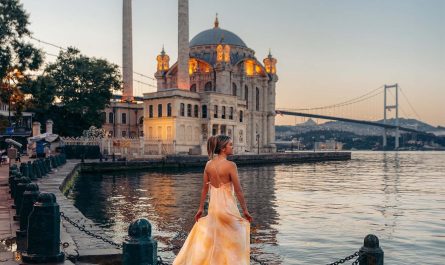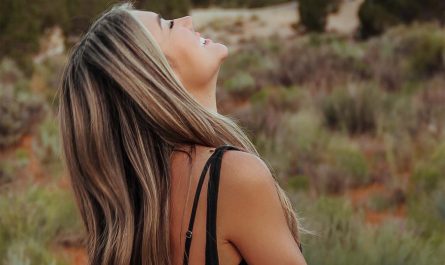Table of Contents:
- The Allure of Kyoto
- Convenience at Every Corner
- Must-Visit Destinations
- Practical Tips for Your Kyoto Adventure
Japan had always been on my bucket list, and I was ready to explore a destination that combined breathtaking landscapes with rich cultural experiences. Kyoto, Japan’s former imperial capital, emerged as the ideal location for my adventure. My journey through this ancient city left me in awe of Japan’s unique culture and offered an immersive experience like no other.
The Allure of Kyoto
Kyoto is a city that resonates with history, offering a captivating blend of ancient traditions and modern conveniences. As I stepped into its streets, it felt like a journey back in time while still enjoying the comforts of the present. During my visit, three aspects of Kyoto stood out and significantly contributed to the memorable experience.
Convenience at Every Corner
1. 7-Eleven Stores
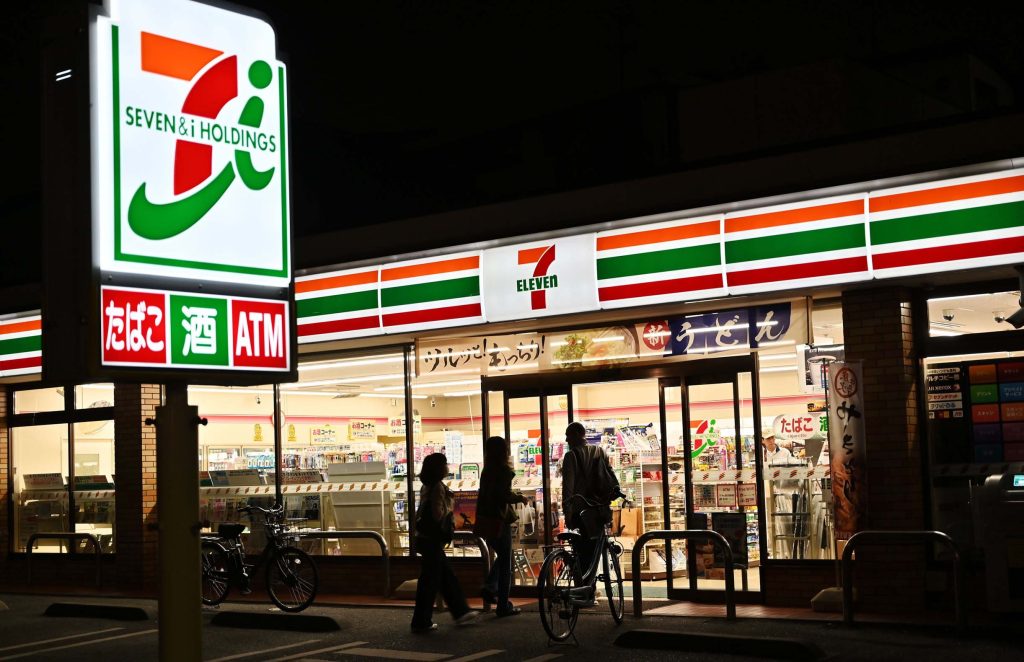
Kyoto surprised me with the presence of 7-Eleven stores at nearly every corner. These convenience stores offered an extensive range of bento boxes, snacks, and beverages, making it incredibly convenient to grab a quick, delicious meal on the go. While I anticipated traditional Kyoto, the availability of 7-Eleven stores added an unexpected layer of convenience.
These stores didn’t just provide quick meals; they offered a variety of Japanese and international products, including beautifully packaged souvenirs and an array of Matcha-flavored treats. Whether I needed a quick breakfast, a refreshing drink, or a late-night snack, 7-Eleven stores had it all. It was a testament to Japan’s knack for seamlessly blending tradition with modernity.
2. Immaculate Public Toilets
One of Japan’s well-known hallmarks is its exceptional hygiene standards, and this extends to its public toilets. During my explorations in Kyoto, I was delighted to find spotlessly clean restrooms at every turn. The attention to cleanliness was impressive, with many restrooms even equipped with heated seats and bidet features that added a touch of luxury to the most basic daily activities.
The availability of public restrooms was also remarkable. I could comfortably explore the city without worrying about finding a clean and accessible place to freshen up. It might seem like a minor detail, but it significantly enhanced my overall travel experience. Clean and easily accessible restrooms ensure you can focus on enjoying the city without disruptions.
3. Convenient Transportation System
One of the highlights of Kyoto was its remarkably efficient public transportation system. The city boasts a well-connected network of buses and trains, making it easy to navigate. I opted for a one-day bus pass that provided unlimited rides within the city, and it proved to be both cost-effective and hassle-free, allowing me to hop from one attraction to another with ease.
The buses were punctual, well-maintained, and conveniently equipped with English signage, making them accessible to international travelers like me. The train system was equally impressive, and with a Suica card, I could effortlessly board trains and buses without the need for individual tickets. Kyoto’s public transportation system was a marvel, making my explorations convenient and efficient.
Having introduced the conveniences that enriched my Kyoto adventure, let’s dive into the must-visit destinations that made this journey truly unforgettable.
Must-Visit Destinations
Kinkaku-ji (The Golden Pavilion)

Opening Hours: Kinkaku-ji is open daily from 9:00 AM to 5:00 PM.
Admission: The entrance fee is 400 yen (about $4) for adults.
Kinkaku-ji, also known as the Golden Pavilion, stands as one of Kyoto’s most iconic landmarks. This Zen Buddhist temple is a gilded masterpiece that appears to float on the serene Mirror Pond, creating a mesmerizing reflection that left me in awe. The tranquility of the surrounding gardens and the golden shimmer of the pavilion come together to create a place where history, architecture, and nature harmoniously intertwine.
Upon my arrival, I was greeted by the sight of the dazzling pavilion set against a backdrop of lush greenery and the still waters of the pond. The experience was nothing short of enchanting. It’s a location where you can lose yourself in the peaceful ambiance and appreciate the artistry of ancient Japan.
My advice for visiting Kinkaku-ji is to arrive early in the morning to avoid the crowds. This way, you can capture the pavilion’s serene beauty at its best, free from the hustle and bustle of later hours. The early morning light enhances the reflective qualities of the pavilion and provides a more serene atmosphere.
Fushimi Inari Taisha

Opening Hours: Fushimi Inari Taisha is open 24 hours a day.
Admission: Entrance is free.
Fushimi Inari Taisha is renowned for its thousands of vermilion torii gates that create a mesmerizing pathway up the sacred Mount Inari. Each gate is inscribed with the names of donors and serves as a symbol of good fortune. The hike to the summit takes about 2 to 3 hours and offers breathtaking views of Kyoto along the way.
Walking through the tunnel of torii gates is an otherworldly experience, and it presents an excellent opportunity for capturing unique photographs. The shrine’s serene atmosphere offers a peaceful escape from the city’s hustle and bustle. It’s a place that invites contemplation and provides an immersion into Japan’s spiritual and natural beauty.
My recommendation for visiting Fushimi Inari Taisha is to choose early morning or late afternoon as your preferred time. These hours tend to have fewer tourists, allowing you to enjoy the trail at a more relaxed pace without the crowds.
Arashiyama Bamboo Grove
Opening Hours: The Bamboo Grove is open all day, but it’s best to visit during daylight hours.
Admission: Entrance is free.
The Arashiyama Bamboo Grove is a natural wonder that captivates the senses. Walking amidst the towering bamboo stalks creates a surreal atmosphere, making you feel like you’ve stepped into another world. The enchanting bamboo forest is located in the Arashiyama district, and it’s also home to the famous Iwatayama Monkey Park.
The Bamboo Grove’s allure lies in its sheer uniqueness. As you stroll along the path, the bamboo shoots seem to reach for the sky, their rustling leaves creating a symphony of whispers. It’s a place where you can experience the calming beauty of nature.
My suggestion for visiting the Bamboo Grove is to go early in the morning. This allows you to experience the tranquility of the Bamboo Grove before the crowds arrive. The soft morning light filtering through the bamboo adds to the magical ambiance.
Practical Tips for Your Kyoto Adventure

Navigating Kyoto’s Public Transport
- Get a Kyoto City Bus Pass: If you plan to explore the city primarily using buses, consider purchasing a one-day bus pass. It’s an affordable and convenient way to travel, offering unlimited rides within the city.
- Suica Card for Trains: For those intending to use both buses and trains, a Suica card is a must. It can be loaded with credit and used for both trains and buses, eliminating the need to purchase individual tickets. The convenience of a Suica card cannot be overstated.
- Download a Transportation App: To navigate Kyoto’s public transportation system with ease, make sure to download transportation apps like Google Maps or Japan Transit Planner. These apps provide real-time information on routes, schedules, and more, ensuring you stay on track throughout your explorations.
Enjoying Japanese Cuisine
- Try Local Street Food: Kyoto is known for its delicious street food. Don’t miss the opportunity to sample regional specialties such as takoyaki (octopus balls) and yaki imo (roasted sweet potatoes) from street vendors. These delectable snacks offer a taste of authentic Japanese flavors.
- Reserve in Advance: Kyoto is famous for its traditional Kaiseki dining, a multi-course meal that’s a true culinary art form. If you plan to experience a Kaiseki meal, make reservations well in advance, as these restaurants tend to book quickly, especially during peak tourist seasons. A Kaiseki meal is a gastronomic journey that should not be missed.
- Embrace Matcha: Kyoto is renowned for its matcha (green tea) products. As you explore the city, make it a point to try matcha-flavored treats. This includes matcha ice cream, matcha lattes, and wagashi, which are traditional Japanese sweets crafted to complement tea ceremonies. Embracing matcha is not only a culinary delight but also a cultural experience.
My journey to Kyoto was a profound exploration of Japan’s ancient culture, filled with moments of wonder and reflection. The city’s ability to seamlessly blend tradition with modernity, as witnessed through the convenience of 7-Eleven stores, immaculate public toilets, and an efficient public transportation system, was truly impressive.
The must-visit destinations, including Kinkaku-ji, Fushimi Inari Taisha, and the Arashiyama Bamboo Grove, each offered unique charms and a glimpse into Japan’s rich history and spirituality.
If you’re planning a trip to Kyoto, my advice is to fully embrace the city’s conveniences, explore its cultural treasures, and immerse yourself in the beauty of ancient Japan. Kyoto offers an unforgettable journey that seamlessly combines the comforts of modern life with the enchantment of a bygone era, making it a destination like no other. It’s a place where the past and the present harmonize, creating an experience that will stay with you long after you’ve left its enchanting streets.
